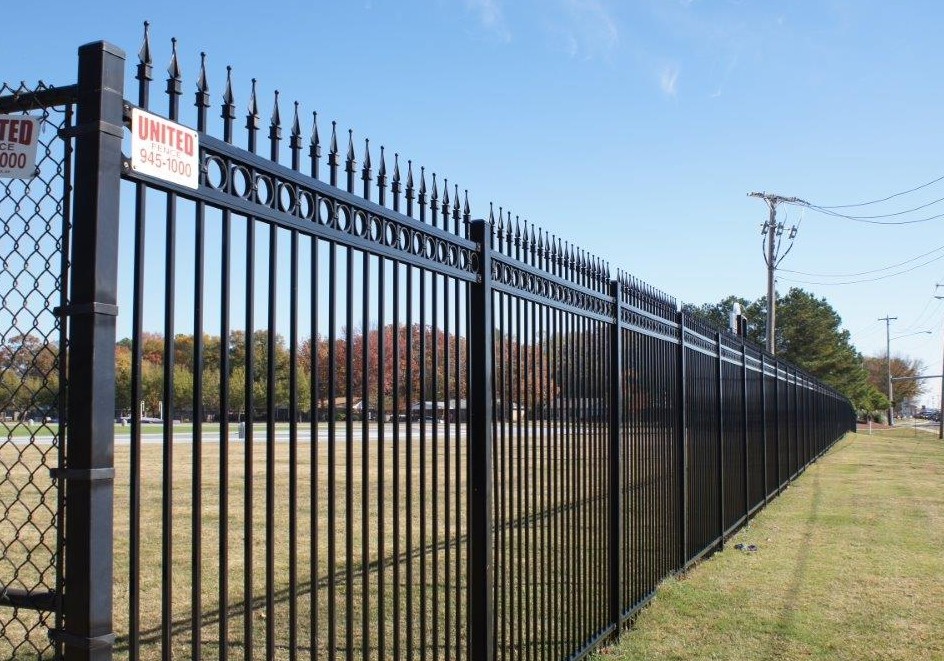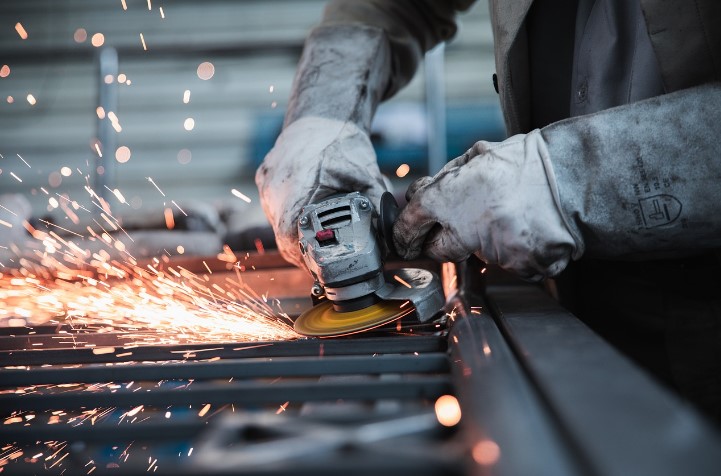Smarter Safety – How Technology Is Changing the Game in Industrial Manufacturing
In industrial manufacturing, safety has always been a critical concern — and rightly so. Between heavy machinery, high-speed production lines, and human involvement in complex processes, the potential for risk is always present. But as the industry continues to evolve, so too must the systems we use to protect people on the factory floor.
Traditionally, safety management has relied on tried-and-true methods: training sessions, incident reports, periodic audits, and the ever-present clipboards on production lines. While these have served their purpose, they can fall short in fast-paced, highly automated environments. Today, there’s a growing recognition that we need smarter, more agile safety systems — and technology is making that possible.
Why Traditional Safety Systems Fall Short
Despite best efforts, traditional safety approaches are often:
-
Reactive rather than proactive – Most changes happen only after an incident occurs.
-
Manual and inconsistent – Reporting and oversight depend heavily on individuals and subjective assessments.
-
Lacking real-time insight – By the time data is gathered and analysed, it’s often too late.
-
Difficult to scale – Managing safety across multiple facilities or global operations requires significant resources.
As production systems become more connected and intelligent, these gaps in traditional safety become even more pronounced. That’s where technology — particularly AI — can make a measurable difference.
The Rise of Intelligent Safety Systems
Artificial intelligence (AI) is reshaping how safety is managed in manufacturing environments. Through the use of machine learning, computer vision, and real-time analytics, AI-driven systems can monitor behaviour, identify risks, and provide early warnings — all without needing constant human supervision.
What makes AI safety tools particularly valuable is their ability to learn and adapt. Instead of relying on fixed rules, these systems analyse trends, patterns, and anomalies to detect:
-
Unsafe behaviours (e.g. missing PPE, unsafe entry into restricted areas)
-
Operational risks (e.g. machines being operated incorrectly)
-
Environmental hazards (e.g. slippery surfaces, poor visibility)
These insights don’t just help prevent accidents. They also allow organisations to optimise workflows, reduce downtime, and foster a culture of continuous improvement.
The Role of Manufacturing Safety Software
To support this shift, a new class of digital tools has emerged — purpose-built manufacturing safety software that’s designed for industrial operations.
Unlike general safety platforms, these tools are tailored to the specific challenges found in factories, processing plants, and distribution centres. Features often include:
-
Real-time behavioural monitoring – Using cameras and AI to detect unsafe actions as they happen.
-
Customised safety alerts – Notifying teams immediately when a potential risk is detected.
-
Incident trend analysis – Identifying recurring issues and predicting where future incidents might occur.
-
Visual dashboards – Giving managers a clear overview of safety performance across teams or locations.
-
Automated reporting – Reducing admin time while improving accuracy and audit readiness.
This kind of software empowers both safety and engineering teams to move beyond compliance and into performance-based safety management.
How Engineering Teams Are Driving Change
While safety is often managed by dedicated EHS (Environment, Health, and Safety) professionals, engineering teams play a crucial role in designing and maintaining systems that directly affect how safe a facility is.
With AI-powered safety tools, engineers can:
-
Incorporate safety into process design – Using insights to improve layouts, machine configurations, and work routines.
-
Collaborate across departments – Sharing data and working with safety leads to create more cohesive operational strategies.
-
Support continuous improvement – By tracking the impact of changes and measuring ROI in real-world conditions.
This cross-functional collaboration leads to safer, more efficient manufacturing environments — with fewer silos and more accountability across the board.
Benefits Beyond Compliance
The introduction of AI and intelligent software into safety programmes brings tangible, long-term benefits:
-
Fewer injuries and incidents – Preventive alerts reduce risks before harm occurs.
-
Reduced downtime – Avoiding accidents keeps production moving smoothly.
-
Better training outcomes – Data highlights where knowledge gaps exist.
-
Improved morale – Workers feel safer and more supported, which can lead to better retention.
-
Stronger brand reputation – Demonstrating a proactive commitment to safety enhances how companies are perceived by partners and customers.
When safety systems work in real-time and are backed by hard data, businesses can shift from simply complying with regulations to actively leading on workplace safety.
What to Consider When Choosing Safety Technology
Not all software is created equal. If you’re exploring solutions for your facility, look for tools that offer:
-
Industry-specific design – Built for the types of environments you operate in.
-
Scalability – Able to grow with your business across multiple sites or countries.
-
Ease of integration – Works with existing systems, such as security cameras or incident reporting tools.
-
Strong user experience – Simple, intuitive interfaces that staff can adopt quickly.
-
Data privacy and compliance – Especially if your company operates across regions with strict regulations.
Speak with internal stakeholders across operations, engineering, and safety to align on goals before selecting a vendor.
The Future of Safety in Manufacturing
As manufacturing continues to evolve, companies that embrace intelligent safety technologies will be better positioned for success. It’s not just about preventing injuries — it’s about building more resilient, efficient, and data-driven organisations.
By investing in AI-powered safety tools today, manufacturers can:
-
Create safer work environments
-
Support frontline teams more effectively
-
Gain deeper insights into how people, machines, and processes interact
-
Prepare for the next generation of industrial innovation
In short, the future of manufacturing safety isn’t just smart — it’s already here.



